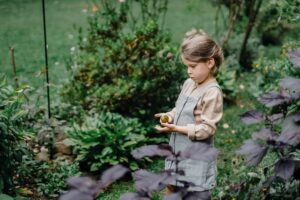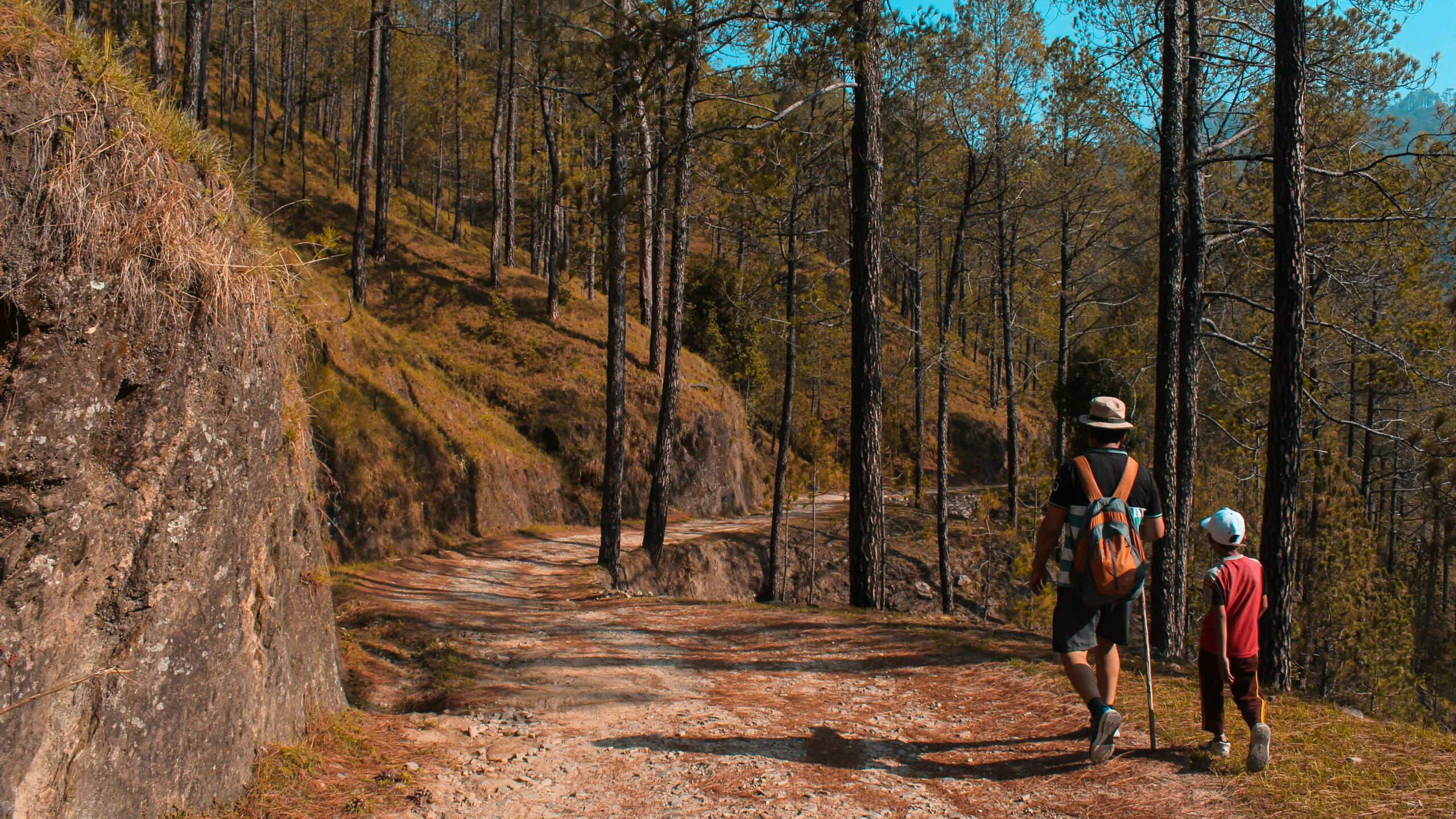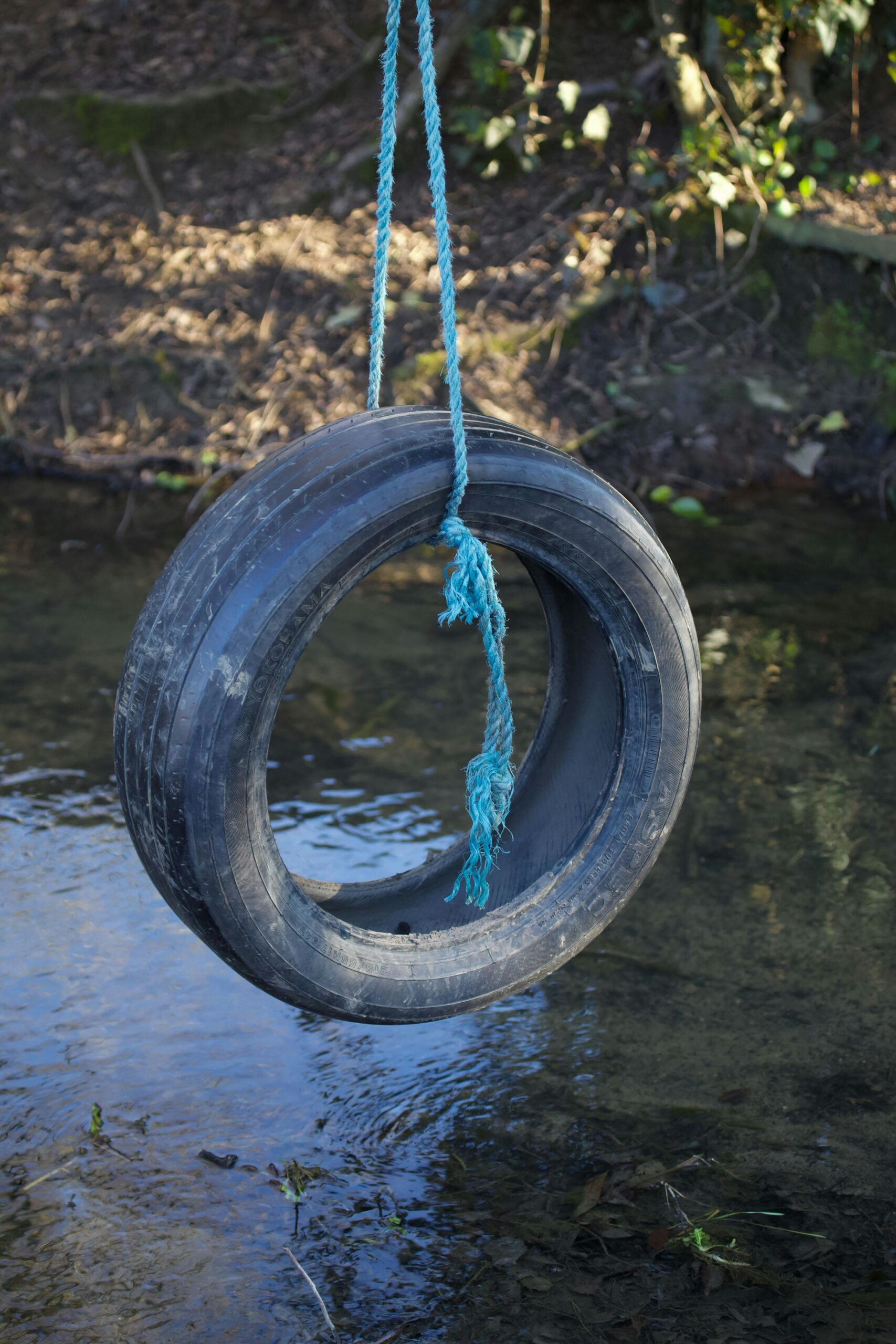The Benefits of Building a Bluebird Box: Why You Should Help These Beautiful Birds Thrive
As nature enthusiasts and wildlife advocates, we are constantly looking for ways to make a positive impact on the environment. One of the most enjoyable and rewarding ways to support wildlife is by building a bluebird box. These simple birdhouses not only provide much-needed shelter for one of North America’s most beloved songbirds but also help foster biodiversity, contribute to local ecosystems, and create opportunities for outdoor education and enjoyment.
In this blog post, we’ll explore the numerous benefits of building a bluebird box, why these birds are so important, and how you can get started in creating a welcoming home for bluebirds right in your own backyard.
What Are Bluebirds?
Before we delve into the benefits, it’s important to understand the bird we’re helping by building a bluebird box. Bluebirds are small, colorful songbirds that belong to the thrush family. They are known for their vibrant blue plumage and their cheerful song. There are three species of bluebirds in North America: the Eastern Bluebird, the Mountain Bluebird, and the Western Bluebird. Each species has slightly different habitat preferences, but all of them rely on open fields, meadows, and forests for foraging.
Bluebirds typically nest in tree cavities or old woodpecker holes, and because of deforestation and urban development, natural nesting sites have become increasingly scarce. This is where the bluebird box comes in, offering an artificial nesting site for these magnificent creatures. By providing a safe and secure place for them to raise their young, you are helping to ensure the survival of these charming birds for generations to come.
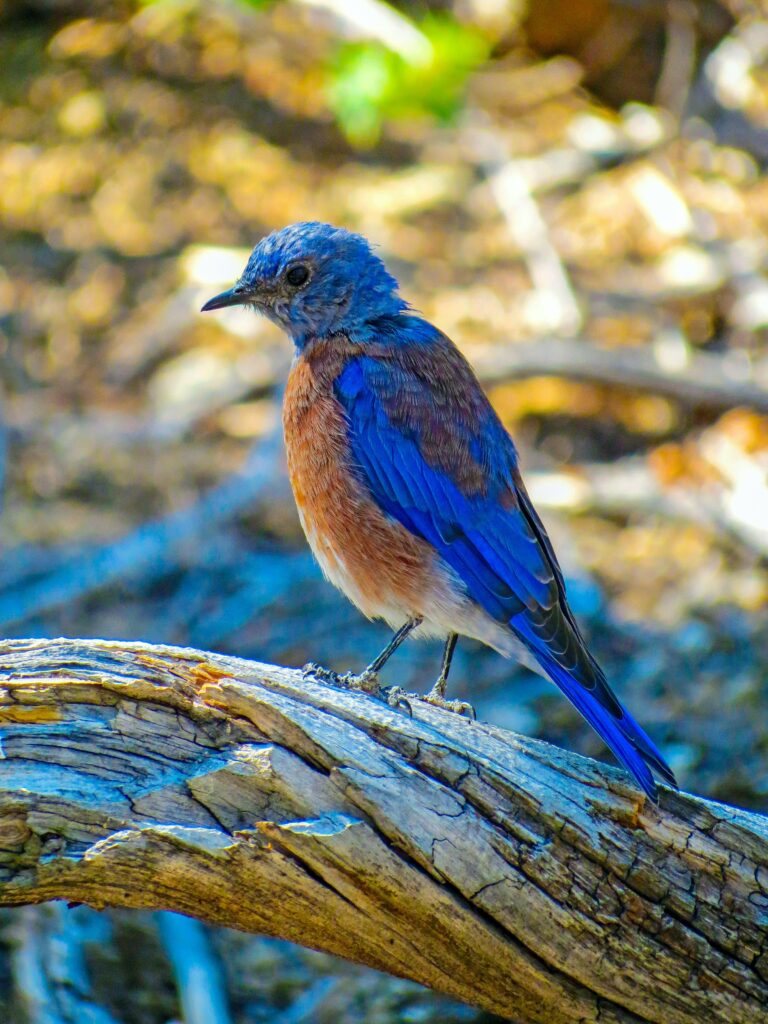
Benefits of Building a Bluebird Box
- Support Bluebird Populations
One of the most direct benefits of building a bluebird box is that you are helping to support local bluebird populations. Habitat loss, particularly the destruction of natural nesting sites, has led to a decline in bluebird numbers. By placing a bluebird box in your backyard or local community area, you’re providing a sanctuary for these birds to nest, raise their young, and thrive.
In addition, bluebirds face many threats such as harsh weather, predators, and competition for nesting sites. Having a secure, man-made nest box provides a safe refuge from these challenges. Bluebirds are natural cavity-nesters, but due to habitat loss, they’ve had to compete with other birds like starlings and house sparrows, which often take over existing natural cavities. A well-placed bluebird box gives these beautiful birds a much-needed head start in the fight for survival.
- Contribute to Biodiversity and Ecosystem Health
By encouraging bluebird populations to thrive in your yard or community, you are playing a role in fostering biodiversity. Bluebirds are insectivores, meaning they primarily eat insects like grasshoppers, beetles, and caterpillars. Their diet helps naturally control pest populations, which in turn benefits local vegetation and agricultural crops. By keeping insect populations in check, bluebirds contribute to the overall health of the ecosystem.
In addition to controlling pest species, bluebirds serve as an important food source for other predators in the food chain. Raptors, snakes, and larger birds of prey rely on bluebirds and other songbirds for sustenance. By supporting bluebird populations, you’re indirectly supporting the many species that depend on them for food.
- Educational Opportunities for Children and Families
Building a bluebird box provides a fantastic opportunity for outdoor education, particularly for children. By involving young people in the process of constructing, monitoring, and maintaining the bluebird box, you can teach them valuable lessons about nature conservation, birdwatching, and the importance of protecting local wildlife. Watching bluebirds nest, hatch, and care for their young offers a firsthand lesson in biology, reproduction, and the life cycle.
Children and families can learn how to identify the different species of bluebirds and other birds that may visit the box, such as tree swallows or chickadees. They can also observe how birds interact with their environment, where they find food, and how they build their nests. This hands-on experience fosters a deep appreciation for nature and an understanding of the delicate balance that exists within ecosystems.
- Reduce the Need for Pesticides
One of the most beneficial aspects of encouraging bluebirds to nest in your yard is the natural control they provide over insect populations. Bluebirds are voracious insect eaters, consuming hundreds of insects per day, particularly during the breeding season. In doing so, they help reduce the need for chemical pesticides that can harm the environment.
Pesticides can have detrimental effects on soil health, water quality, and the overall health of wildlife populations. By welcoming bluebirds into your garden, you are promoting natural pest control, which not only benefits the health of your garden but also helps reduce your ecological footprint.
- Enjoyment of Nature and Birdwatching
There is something incredibly rewarding about watching a bluebird raise its family right in your own backyard. The presence of bluebirds can bring immense joy and peace to any outdoor space. Their cheerful song, vibrant colors, and fascinating behavior provide ample opportunities for birdwatching, a pastime enjoyed by millions of people worldwide.
Birdwatching also has therapeutic benefits. Studies have shown that spending time outdoors and observing wildlife can reduce stress, lower blood pressure, and improve mental well-being. Having bluebirds around can turn your yard into a sanctuary for both birds and people, offering a calming retreat from the demands of everyday life.
- Easy to Build and Maintain
Another benefit of bluebird boxes is that they are relatively easy to build and maintain. All you need is a few basic materials, such as wood, nails, and a bit of time. There are numerous online resources and guides available to help you build a functional and comfortable bluebird box.
The box itself doesn’t require a lot of upkeep—simply ensure it is securely mounted in a safe location, monitor it occasionally for any potential issues (such as predators or pests), and clean it out after the breeding season to make it ready for next year. If you’re new to building birdhouses, you’ll find that there are plenty of step-by-step instructions to guide you through the process.
To help you get started, the National Audubon Society provides a comprehensive guide on how to build your very own bluebird box. Check out their website for detailed instructions and tips to create the perfect nesting site for these lovely birds: How to Build a Bluebird Box – National Audubon Society.
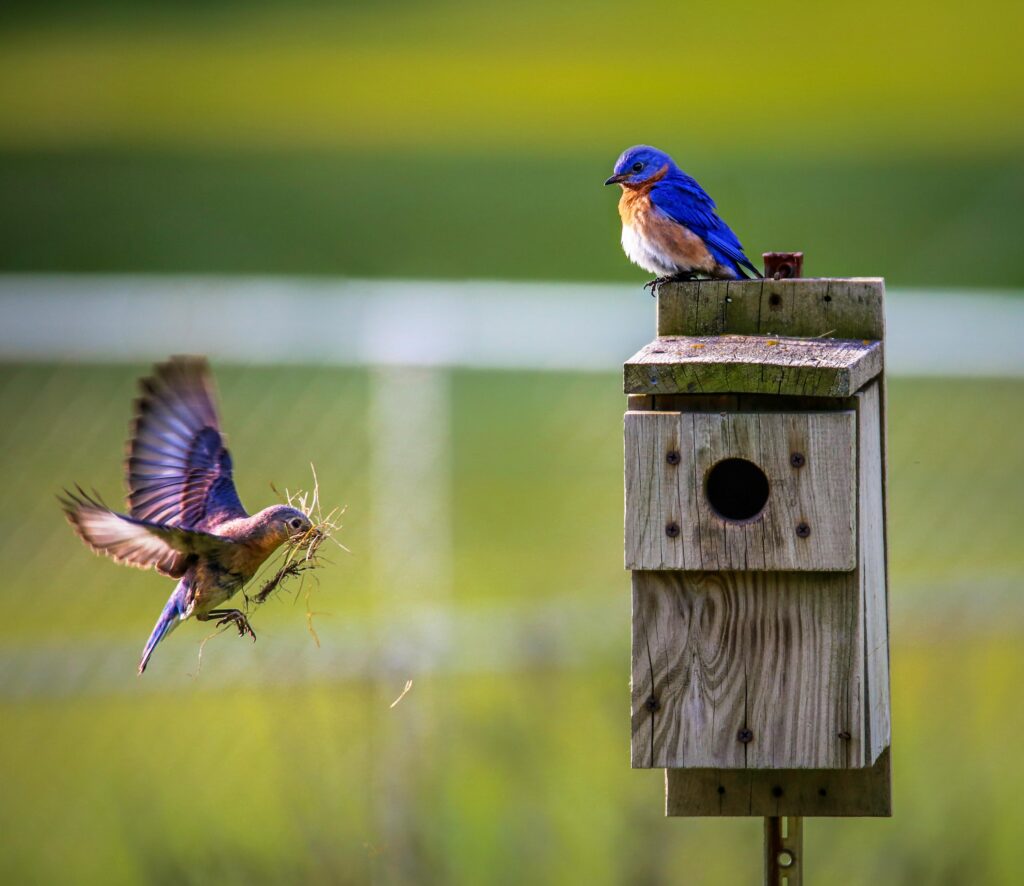
How to Get Started
Building a bluebird box is a simple and rewarding project that anyone can undertake, whether you’re an experienced carpenter or a beginner DIYer. Here are a few key steps to help you get started:
- Choose the Right Materials – Use untreated wood, such as cedar, pine, or plywood, to construct the box. Avoid using pressure-treated wood, as it can contain chemicals harmful to birds.
- Pick a Suitable Location – Mount the box in an area that is at least 5-10 feet above the ground, preferably facing east or southeast to avoid direct afternoon sunlight. Place it in an open space with access to food sources like insects and berries.
- Follow Proper Dimensions – Ensure the box is the correct size for bluebirds. The entrance hole should be approximately 1.5 inches in diameter to keep larger birds out while allowing bluebirds to enter. The interior space should be around 4 inches by 4 inches to provide enough room for nesting.
- Monitor the Box – Once the box is installed, monitor it periodically to ensure that it remains safe and functional. Watch for signs of birds using it, such as nesting materials, eggs, and baby birds. Clean the box at the end of the breeding season to remove old nests and prevent parasites.
Conclusion
Building a bluebird box is a simple yet impactful way to help protect and support these stunning birds, contribute to local biodiversity, and enjoy the natural world from the comfort of your own backyard. Whether you’re motivated by a love of wildlife, a desire to provide educational opportunities for children, or the satisfaction of knowing you’re helping a vulnerable species, creating a home for bluebirds is a project worth pursuing.
Take the first step today by building your own bluebird box. You’ll be rewarded with the joy of watching bluebirds thrive in your yard, helping to preserve these beautiful birds for future generations to enjoy. And remember, the National Audubon Society offers valuable resources to guide you through the process—so why not get started and make a difference?

